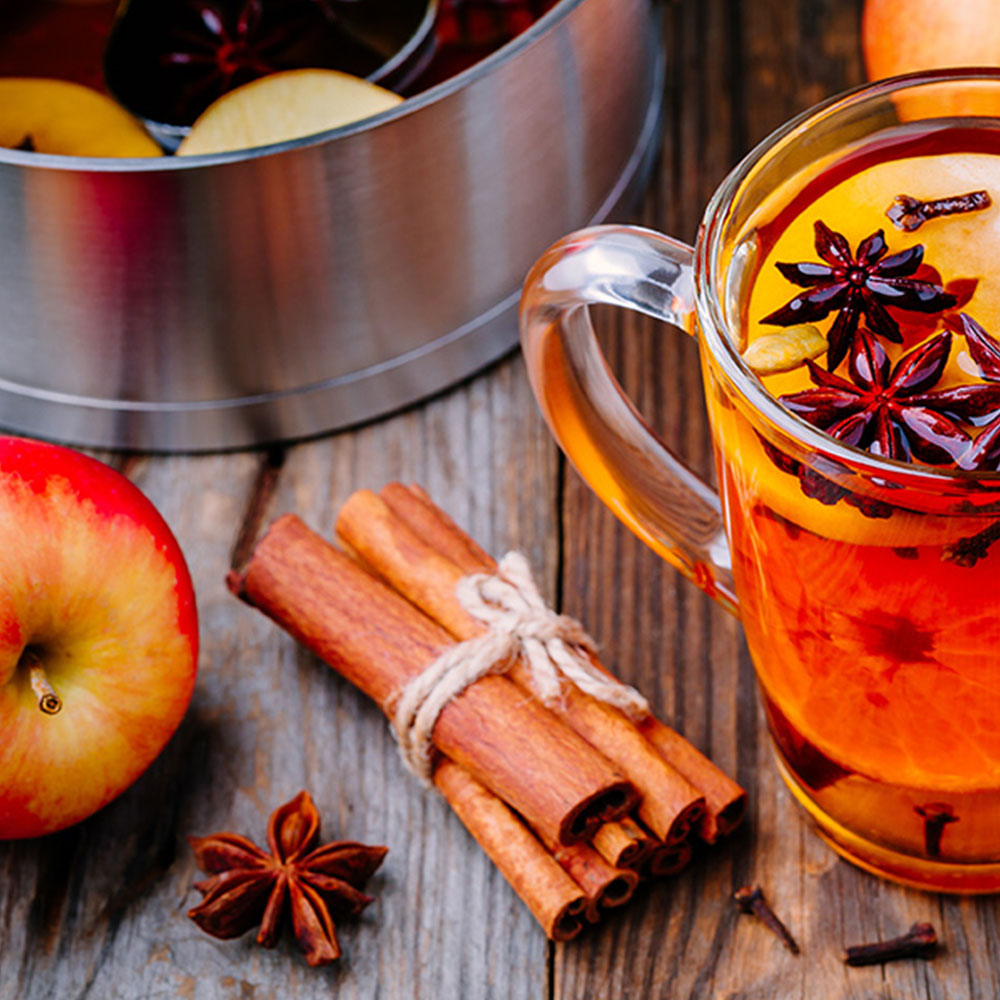23 June 2017
Cinnamon - Can Science Show Differences In Taste Between Cassia And Cinnamon

In 2015, we did a study of the coumarin level in cinnamon, cassia and tonka beans. Following on from that, I decided to get the “active” volatile oils analysed in a few types of cinnamon. In the past, we have done more general tests and found cinnamon with 40 – 100mg/kg of volatile oils, including: styrene, pinene, benzaldehyde, o-cymene, linalool, linalylanthranilate, capaene, caryaphyllene and g-caryaphyllene.
I was interested in whether you could see a discernible pattern in the spectrum of flavour chemicals that corresponded back to the aromas and tastes that I experienced in the different types of cinnamon when I tested them for quality.
In short, the answer was yes there is a real difference.
Not only are the levels of coumarin much higher in cassia and Indian cinnamon, but the cinnamon aldehyde in cassia is almost double that in true cinnamon. This is perhaps why cassia seems to have a blunter and more aggressive cinnamon taste that is loved by bakers.
There are clear levels of eugenol in true cinnamon and lower amounts in cassia and Indian cinnamon; this imparts a clove taste to true cinnamon. In contrast, cassia and Indian cinnamon has a more eucalypt that is refreshingly aromatic.
I also found it interesting that there was limonene in true cinnamon, because I have always felt there was a citrus aroma and taste to true cinnamon. And true cinnamon has high levels of linalool that has a floral spiciness and the piney woodiness of cymenes.
The science seems to vindicate the description I use in the Steenbergs’ website for cinnamon:
“Cinnamon powder has a complex and fragrant citrus flavour that is full of exotic sweetness. Cinnamon's perfumed aroma is unique but has hints of clove, nutmeg and sandalwood.”
Results from Analysis of Volatile Oils in Different Types of Cinnamon
| Product name | Cassia | Indian cinnamon | True cinnamon | True cinnamon |
| Botanical name | Cinnamomum cassia | Cinnamomum bejolghota | Cinnamomum zeylanicum (C. verum) | Cinnamomum zeylanicum (C. verum) |
| Origin | Indonesia | India | Sri Lanka | Madagascar |
| Units | mg/kg | mg/kg | mg/kg | mg/kg |
| alpha-Terpineol | 94 | 46 | 56 | 25 |
| Benzaldehyde | 37 | 59 | 61 | 23 |
| Caryophyllene | 146 | 26 | 292 | 153 |
| Cinnamon aldehyde | 23,775 | 7,166 | 13,929 | 13,391 |
| Coumarin | 191 | 295 | <5 | Trace |
| Eucalyptol | 39 | 89 | <5 | <5 |
| Eugenol | 96 | <5 | 330 | 188 |
| Limonene | Trace | Trace | 5 | <5 |
| Linalool | 14 | Trace | 115 | 35 |
| para-Cymen | Trace | Trace | 33 | 7 |




